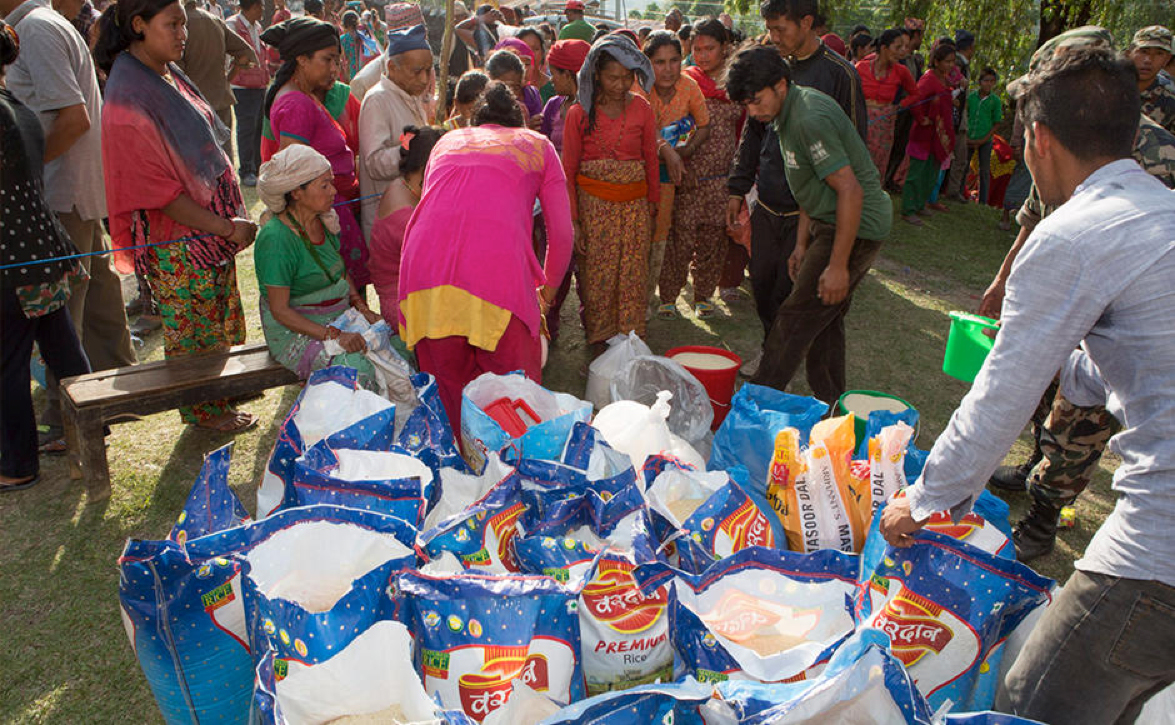Second Earthquake Brings Further Devastation to the People of Nepal
- by ChildFund Alliance
- / Member Spotlight
This second major earthquake came less than two weeks after a deadly 7.8 magnitude quake devastated the country, killing over 8,000 people.
The latest quake has triggered more landslides, further isolating rural communities desperately in need of emergency aid. The coming monsoon will make the job of getting aid to remote communities by road near impossible. The UN Office for the Coordination of Humanitarian Affairs (OCHA) in Asia estimates that as many as 315,000 people already live in communities inaccessible by road, and with coming rains this figure is likely to rise.

ChildFund is providing emergency relief in Sindhupalchok, one of Nepal’s worst-hit districts, where homes and buildings that were left partially standing after the 25 April quake have now completely collapsed. ChildFund was the first organisation to distribute urgently needed food supplies to more than 3,000 families in isolated villages in Sindhupalchok. Our emergency response team is assessing the impact of the damage following the second quake, and will continue to help children and families affected.
“Help is urgently needed,” says Dr Phil Tanner, from ChildFund’s emergency relief team in Nepal. “The second earthquake has triggered landslides on the mountainside and many roadways are completely blocked. No truck convoys can get through and supplies are running low, especially in the most remote mountain villages.”
The epicentre of the second 7.3 magnitude quake was about 76km east of Kathmandu in a rural area close to the Chinese border. It was felt as far away as Tibet, Bangladesh and northern India. The initial quake was followed by several aftershocks including a 6.3 magnitude in Ramechhap District, where ChildFund works. Landslides were reported in Langtang Region in the Himalayas. Many areas around the epicentre are particularly susceptible to landslides.
“People here are traumatised,” says Dr Tanner. “The second earthquake has made adults and children afraid to enter their homes, or any buildings for that matter. School buildings that once had only minor damage are no longer usable, and people are still being removed from the rubble.”











